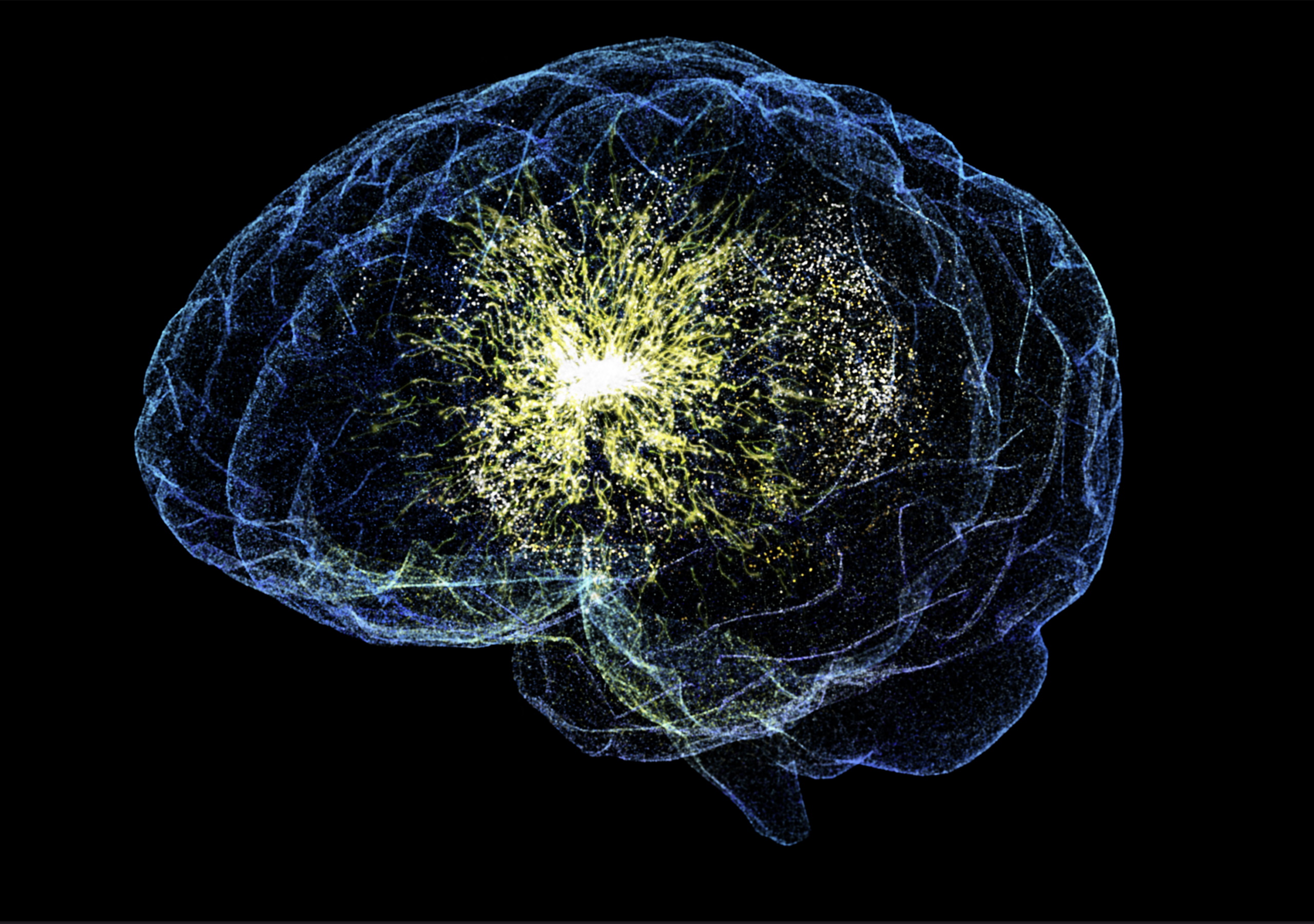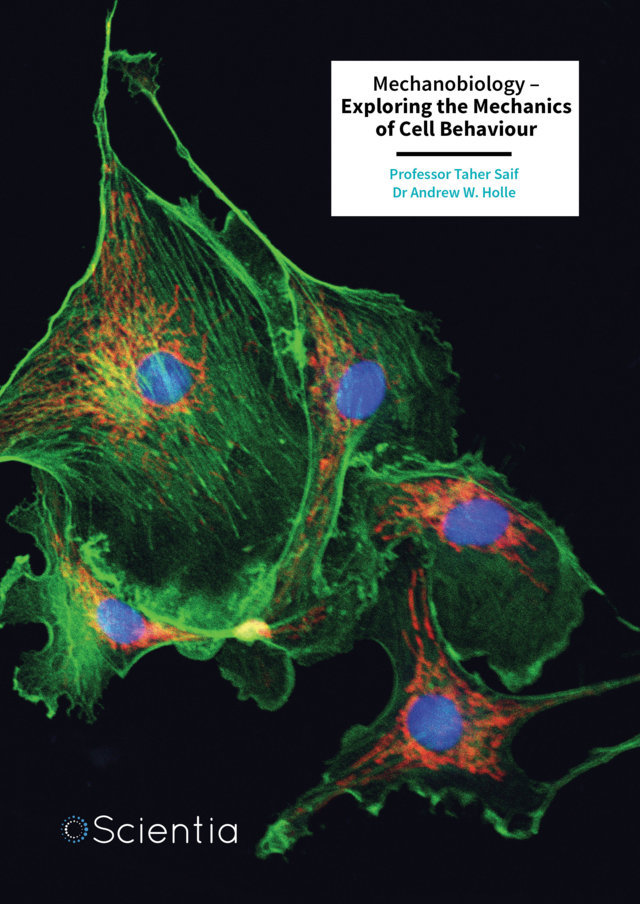Between 1982 and 2012, the 150-foot solar tower at Mount Wilson Observatory collected a vast archive of observations of the Sun’s surface. In a series of recent studies, Professor Roger Ulrich, together with colleagues Dr. Tham Tran and Dr. John Boyden at UCLA, have revisited these data, running a thorough recalibration of the findings. Their results led them to a crucial discovery: two properties of the Sun’s plasma which were once thought to be separate are actually two faces of the same underlying effect, which plays a fundamental role in shaping the Sun’s magnetic field throughout the solar cycle. More
Over time, the brightness of the Sun’s surface changes dramatically, repeating roughly every eleven years. Named the ‘solar cycle’ by astronomers, this variation is closely tied to the rhythmic ebb and flow of ‘sunspots’: patches on the solar surface that are far darker than their surroundings, and can range from a few tens to hundreds of kilometres across.
Unlike the solid Earth, the Sun is a ball of plasma whose rotational speed varies with latitude: with its equator spinning faster than its poles. Since plasma carries powerful magnetic fields, this difference in speed tangles and stretches the Sun’s magnetic field lines. At certain points, these tangled lines become so tightly wound that they prevent heated plasma from rising to the surface, creating dark sunspots.
Eventually, the energy stored in these magnetic fields is released. Sometimes this happens suddenly, triggering solar flares and coronal mass ejections – colossal outbursts that fling streams of charged particles into space. When these reach Earth, they can light up the skies with spectacular auroras, while also threatening satellites and power grids. Afterwards, intense magnetic fields will start to build up again – and the solar cycle repeats.
Astronomers have now studied these patterns for decades – but despite their progress, many details of how the solar cycle unfolds remain uncertain. In particular, researchers have long puzzled over the origins of large-scale flows in the Sun’s outer layers known as ‘meridional circulation’: where plasma drifts toward the poles near the surface, and back toward the equator in deeper layers.
In parallel with this effect, ‘torsional oscillations’ are subtle bands of faster or slower rotation, which migrate across latitudes as the solar cycle progresses. For years, solar physicists assumed that these oscillations were side-effects of the solar cycle itself. So far, they have broadly assumed that these oscillations are driven by the magnetic cycle of the Sun – entirely separate from the forces which drive meridional circulation.
Through a series of recent studies, Ulrich, Tran, and Boyden re-examined the interplay of meridional circulation and torsional oscillations using an expansive archive of solar observations, collected by an important solar telescope at the Mount Wilson Observatory. After applying rigorous corrections to the data, they uncovered that these two processes are not separate phenomena at all, but are two aspects of the same effect.
This surprising insight suggests that torsional oscillations are not just byproducts of the solar cycle, but active drivers of it. It also requires a profound shift in thinking: instead of seeing the oscillations as consequences of the motions of plasma which drive the Sun’s magnetic field, they may be central to how this ‘dynamo’ effect functions in the first place.
Set in the mountains above Los Angeles, Mount Wilson Observatory has a distinguished history of solar research: with its 60-foot Snow Solar Telescope, completed in 1905, providing the first observational evidence that sunspots are created by intense magnetic fields. In 1967, the observatory added the 150-foot solar tower telescope, housed in a tower over 50 meters tall. Ever since, this instrument has provided astronomers with a unique window into the Sun’s dynamic behaviour.
The telescope was equipped to measure the Doppler shifts of light emitted by solar plasma – changes in wavelength caused as plasma moved toward or away from the telescope. These shifts revealed variations in the Sun’s rotation speed, measured with an accuracy of just a few meters per second.
The telescope was also fitted with a Babcock magnetograph, capable of detecting distortions in the Sun’s spectral lines. When strong magnetic fields are present, these lines split apart in a phenomenon known as the Zeeman effect: allowing astronomers to map regions of intense magnetic activity on the Sun’s surface.
In 1982, the solar tower underwent a major recalibration, significantly boosting its performance. These observations continued until 2012, when a failed control computer and loss of funding finally brought the program to a close. By then, however, the telescope had collected 30 years’ worth of valuable solar data.
Through their research, Ulrich, Tran, and Boyden carried out a fresh analysis of this archive. Their first task was to clean the data – stripping away the large, well-known effects that could mask more subtle variations. Alongside the Sun’s differential rotation, these effects included ‘limb shifts’ – changes in the observed Doppler shifts which depend on which part of the solar disk is being observed. At the disk’s centre, small-scale convection makes plasma appear slightly blue-shifted, while near the edge, horizontal flows can significantly reduce the blueshift.
Once these corrections were applied, the researchers could isolate the fingerprints of meridional circulation and torsional oscillations with far greater clarity. In the next stage of their analysis, they realized that not all large-scale flows could be explained as steady meridional circulation, as earlier studies had assumed. Some of these flows were both smaller in scale and dependent on time – waxing and waning with the solar cycle. By separating out these shorter-lived flows, they refined their dataset even further, ensuring that what remained was truly representative of the underlying global circulation.
This deeper analysis soon revealed something striking: meridional circulation and torsional oscillations were not independent at all, but were tightly synchronized – tracking each other throughout the solar cycle.
One of the most revealing findings concerned the Sun’s polar regions. For most of the solar cycle, meridional circulation carries plasma toward the poles. But at the solar minimum, this flow reverses, moving equatorward while the surface rotation slows down. The team showed that this pattern is not just linked to torsional oscillations – it is an intrinsic part of them. This discovery revealed that torsional oscillations dominate surface flows at all latitudes, acting as the main rhythm underlying the solar cycle.
In their latest research, the trio took this insight a step further: showing that torsional oscillations dominate the Sun’s high-latitude flows, with meridional circulation appearing as one part of this larger pattern. This discovery had important implications for the long-standing ‘solar dynamo’ theory.
A dynamo flow refers to the large-scale motions of plasma, which many astronomers believe help sustain the process that generates and maintains its magnetic field. Traditionally, meridional circulation has been treated as a dynamo flow: a steady conveyor belt which moves plasma poleward at the surface, and equatorward at depth. As a result, it is thought to play a key role in transporting and reorganizing magnetic fields across the solar cycle.
In contrast, Ulrich and his colleagues showed that there is no independent ‘dynamo flow’ at the surface: rather, the oscillations themselves are the dominant driver of circulation. If this is the case, these plasma flows may not exist independently, but are just one manifestation of torsional oscillations. This in turn would imply that the oscillations themselves – not a separate meridional conveyor – could be the true driver of the solar dynamo at high latitudes.
For Ulrich’s team, the implications of this discovery are profound. While astronomers have so far assumed that the solar cycle drives torsional oscillations, these results suggest the reverse: that torsional oscillations, the rhythmic speeding up and slowing down of plasma bands across different latitudes, could be a central engine behind the Sun’s magnetic activity. This demands a new perspective on solar dynamo theory, shifting the role of torsional oscillations from a side-effect to active drivers of the process.
Altogether, the team’s results highlight the extraordinary value of revisiting historical astronomical data. What began as a recalibration exercise led to a potentially groundbreaking shift in our understanding of how the solar cycle works.
Beyond this, the studies breathe new life into the vast and rich archive of the 150-foot solar tower, demonstrating its enduring importance. By correcting, refining, and reinterpreting these decades-old observations, astronomers could become better equipped to decode the Sun’s deeply complex dynamics – and ultimately, to better understand its effects on our own planet.







